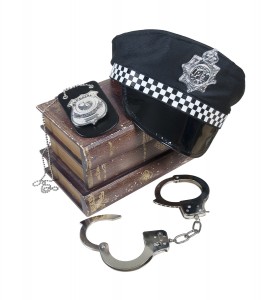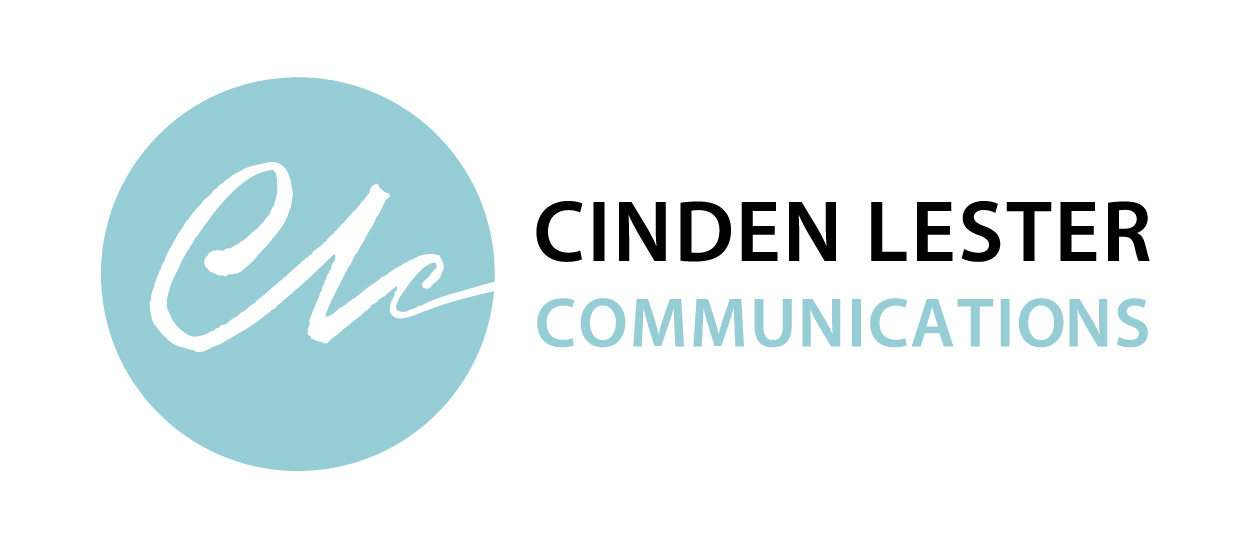 One space or two after a full stop? Double or single quote marks? And where does the pesky punctuation go in bullet point lists?
One space or two after a full stop? Double or single quote marks? And where does the pesky punctuation go in bullet point lists?
Does it matter? Yes, style does matter if you want your written communication to be as professional and effective as possible.
Inconsistencies distract your readers from your message. Incorrect punctuation and grammar look unprofessional and can undermine your credibility.
Consistency and professionalism are important for any business, from sole traders to government departments.
A tailored style guide is a useful tool to define and promote the standards for your internal and external documents.
If you’re wondering why you should use a style guide (or you’ve got your ‘style police’ hat on and need to explain why everyone should apply preferred style) here are some of the benefits:
- It saves you time – by resolving questions or disagreements on style, formatting, grammar and punctuation.
- It improves your work – by promoting consistency.
- It helps engage your audience – by advising on appropriate tone and style.
- It supports your reputation – by reinforcing your values and professionalism.
- It helps you build productive relationships – by ensuring effective communication.
Professional editing is another way to ensure consistent style. But editors can also add a whole lot more value.
Friend and fellow editor, Michelle Manly, has written a guest article about why editors are like house elves, unobtrusively working away behind the scenes to perfect the finished product. Good editing, explains Michelle, is a bit like invisible mending: the finished product will be smoothed out, well-shaped, strengthened and fit for its purpose … and the repairs will not show.
Oh, and the answers to those questions about quote marks, spaces and bullet lists?
Experienced editors are a great source of style advice, along with the Australian Style manual for authors, editors and printers. This manual contains detailed information on best practice in writing, editing, design and production.
But in the meantime, here are the short answers:
- Use single quote marks – in keeping with the trend towards minimal punctuation – then double quote marks for quotes within quotes.
- Add only one space after a full stop.
- For bullet points that are not full sentences, the only punctuation you need is a full stop on the last point.
- Where each point is a full sentence (like these ones), start each point with a capital letter and finish each with a full stop.
Do you need a style guide or a good editor? Contact Cinden for help with your next project.
| Cinden Lester has more than 25 years’ experience as a professional writer, editor and communications strategist. She worked as a broadcast journalist, in private sector marketing and public relations, and in government communications before establishing her own Canberra-based communications consultancy. |
